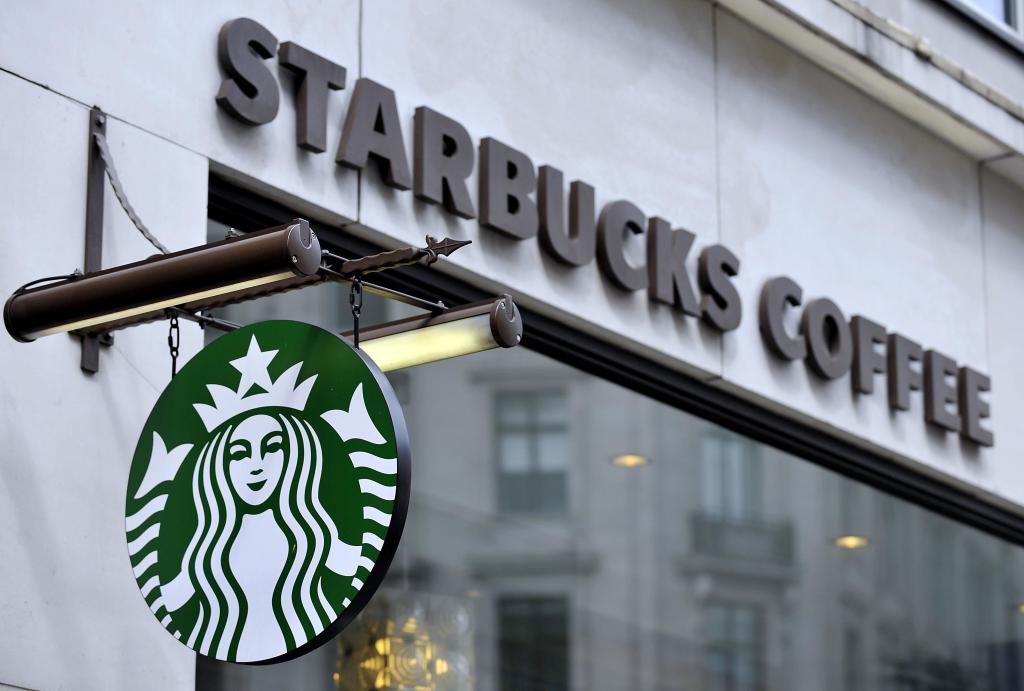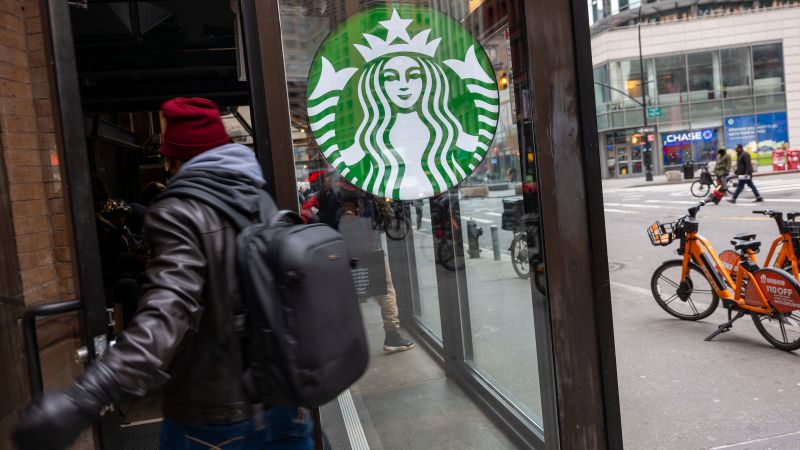Starbucks Eliminates Non-Dairy Milk Charges for Customers
Starbucks is removing non-dairy milk charges, enhancing accessibility and customer experience while embracing changing consumer preferences. Discover the details!

Key Points
- Starbucks
will eliminate non-dairy milk surcharges starting November 7, enhancing accessibility for customers with dietary preferences.
- This move coincides with the chain's efforts to revitalize sales amid declining customer traffic and changing consumer habits.
- New CEO Brian Niccol
is focusing on simplifying the menu and improving the customer experience to foster loyalty and community engagement.
In a significant move that highlights its commitment to customer satisfaction, Starbucks is set to eliminate the extra charge for non-dairy milk alternatives starting November 7. This change comes as part of their efforts to create a more inclusive and flexible ordering experience, coinciding with the seasonal launch of their holiday menu. With many consumers increasingly opting for non-dairy options, Starbucks is adapting to meet this demand while improving its overall service quality.

The Business Case for Change
The decision to stop charging extra for non-dairy milk options such as soy, almond, oat, and coconut is not just a customer-friendly initiative; it is a strategic response to the evolving coffee consumption landscape. Research indicates that non-dairy milk has rapidly gained popularity among consumers, becoming the second-most requested modification at Starbucks, following requests for additional espresso shots. By accommodating this trend, Starbucks stands to retain more customers who might otherwise seek alternatives from competitors.
Additionally, the previous surcharge—ranging from 70 to 90 cents depending on location—was often seen as a "vegan tax". This perception led to backlash from various consumer groups and advocacy organizations, including PETA, which had campaigned for the removal of these charges. Their efforts culminated in what is regarded as a significant victory for vegan and environmentally-conscious consumers as the chain adapts its pricing strategy.
Impact on Sales and Consumer Sentiment
Starbucks has faced challenges recently, reporting declines in customer transactions and softening sales figures. Over the past quarter, same-store sales dropped by 6%, prompting new CEO Brian Niccol to reassess the company’s strategy. He emphasized that making it easier for customers to enjoy their beverages is at the forefront of Starbucks’ revitalization efforts. In this context, eliminating the non-dairy milk charge is a clear message that Starbucks is listening to its customers and prioritizing their preferences.
In a broader context, this decision reflects an industry-wide shift as more coffee enthusiasts transition to plant-based diets. With inflation impacting buyers’ choices, Starbucks is effectively sharpening its pricing structure to enhance customer loyalty. This strategic pivot could potentially inspire other coffee chains to reevaluate their own pricing models for non-dairy alternatives, fostering a more consumer-friendly marketplace.
A New Vision for Customer Experience
Under Niccol’s leadership, Starbucks is also working to simplify its extensive menu, aiming to enhance service speed and reduce complexity for both customers and staff. The reintroduction of self-service condiment stations and a return to personalized drink labeling by baristas are further steps to recreate the warm, community-oriented atmosphere that Starbucks once championed. These adjustments suggest a significant cultural shift back to the core values that originally endeared the brand to coffee lovers worldwide.
The holistic approach to improving customer experience, combined with the removal of surcharges, positions Starbucks as a leader in the drive toward accessibility in the café industry. By focusing on customer feedback and making tangible changes, Starbucks is demonstrating its commitment to being a customer-centric brand.
The Road Ahead
As Starbucks implements these policies, it will be critical for the company to monitor their impact on both sales and consumer sentiment. The removal of extra charges for non-dairy milk represents more than just a pricing adjustment; it signifies a renewed focus on fostering loyalty among all customers, regardless of their dietary preferences. Starbucks is taking proactive steps to address market challenges head-on while reaffirming its identity as a welcoming coffeehouse.
In this journey towards revitalization, the actions taken by Starbucks—whether it’s the removal of surcharges, menu simplifications, or fostering a community vibe—indicate a brand that is evolving with its customer base. This approach could not only restore customer confidence but also attract new patrons eager to enjoy their favorite beverages without the financial burden of extra charges.
The changes signify a meaningful shift towards accessibility, enhancing the Starbucks experience for many, and setting a standard that others in the industry may soon follow.


